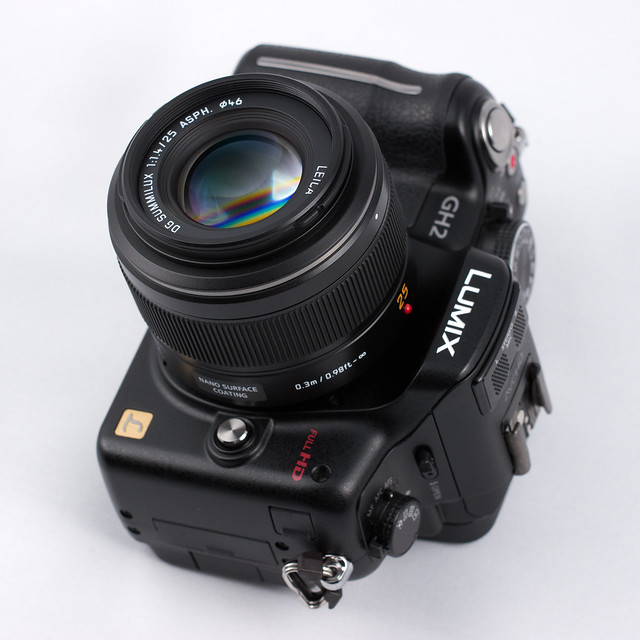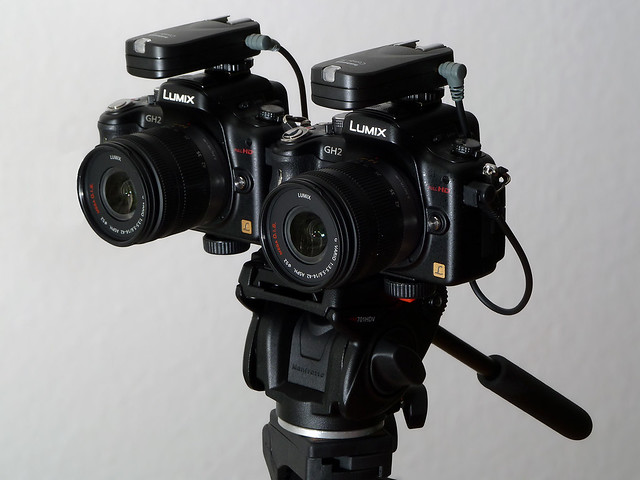The exceptional picture composing options of bright prime lenses make them desireble especially for the MicroFourThirds camera system. 3D-Kraft demonstrates how a bright standard lens transforms into a fantastic portrait focal length and compares the qualities of the Leica Noctilux-M 1:0.95 / 50mm with its predecessor, the Noctilux-M 1:1.0 / 50mm.

The recent success story of the mirror-less, and thus relatively compact Micro Four Thirds (mFT) camera system was pushed forward also by the fact that quite quickly the usual focal lengths from wide angle to telephoto were covered with compact and high quality lenses from Olympus and Panasonic. Even attractive ultra wide-angle and super telephoto zoom lenses are available meanwhile. However bright prime lenses lacked for a long time.
The enormous demand for the - mostly sold - Voigtänder Nokton 25mm/0.95 shows the strong desire for such primes. It's not just the high gain at low light, that many users require, but also the associated shallow depth of field (DOF) available for attractive image compositions. Because of the smaller camera sensor (crop factor 2 compared to a "full frame" sensor) the focal length required for a certain viewing angle halves as well but the ratio of focal length and full aperture diameter doubles for a comparably shallow depth of field. Thus a person to be portrayed in front of a background that should appear with a smooth and creamy bokeh with mFT cameras requires focal lengths of about 35 to 50 mm and an open aperture starting at about f 1.0 to 1.4 which makes these lenses usually much more expensive.

Viewing angle / Crop of a FourThirds sensors compared to a "full frame" 35mm sensor at identical focal length.
(Image courtesy: Peter Lück, Camera-JPEG Leica Noctilux 1.0 with open aperture at Leica M9)
Fortunately, you are not forced to wait for the offering of such a lens segment in the MFT. The possibility to adapt almost any other lens system to Micro Four Thirds System cameras because of the mirror-less design was quickly recognized, so there are lots of appropriate adapters available meanwhile. Because of an only slightly different flange back distance of the Leica M system, lenses for cameras with the M-bayonet can also be used in the MFT system and they are - thanks to their high quality - even after many years coveted hunting objects in the second hand market. In general, they have no auto focus or lose this ability with other systems through the most purely mechanical adaptation. With some practice, manual focusing on such specialized lenses will be appreciated soon, because it allows for the sometimes only inches deep depth of field set more precisely than with any automatic. Very useful here are electronic view finders (EVF) that can be easily activated and that allow 5x or 10x magnification.

























